Marrakech of one of the most popular tourist cities in Morocco – in fact, in the world – due to its rich history, intricate architecture, delicious cuisine, exciting adventures, and welcoming people.
Knowing more about the customs , people and culture of Marrakech can make your visit smoother, more meaningful, and more interesting.
Table of Contents
Clothes
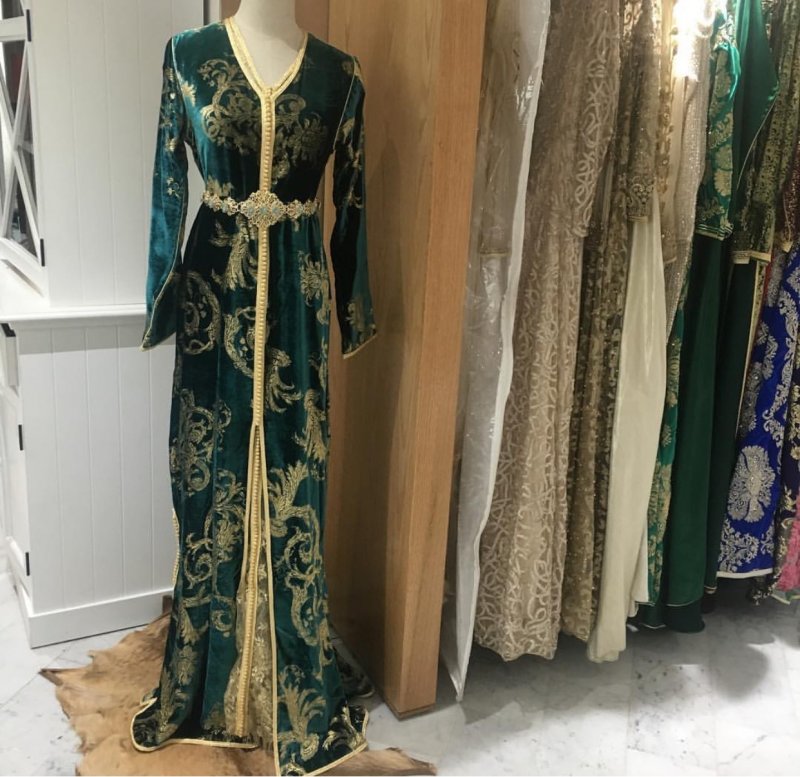
The clothing styles you’ll see in Marrakech are a vibrant mix of modern and traditional, modest and flashy, simple and haute couture.
Traditional clothes are well adapted to the extremes of the desert climate – blazing sun during the day followed by chilly nights.
Both men and women favor long, loose garments in the summer, and many women wear an outer garment consisting of a single piece of colorful cloth wrapped around their head and body.
You might notice more women with face coverings in Marrakech than in other cities.
While some do this for religious reasons, others are simply following a practical ancient tradition of protecting one’s face from the harsh sun, wind, and sand.
Moroccans are also quick to adopt fashions from Europe and the U.S., so you will see all the latest styles on Marrakshi men and women.
In general, the cultural norms for clothing in Morocco are more modest than those of the U.S. and Europe, and women normally wear long pants or skirts and shirts that cover their shoulders and chests.
Marrakech hosts thousands of tourists every year, so locals are accustomed to a wide variety of modes of dress.
Many female tourists wear shorts and t-shirts, but be aware that doing so may draw unwanted attention and may cause offense to some people, especially older people or people from rural areas.
Marrakech Cuisine
Marrakshi cuisine includes a lot of mutton, beef, and chicken, along with flavorful vegetable dishes, bean and lentil stews, and plenty of sweets.
In Marrakech, you’ll find mouthwatering dishes that you won’t see as often in other parts of the country, like tanjia.
This traditional dish is lamb or beef placed in a clay pot and baked slowly for hours in a wood-fired oven.
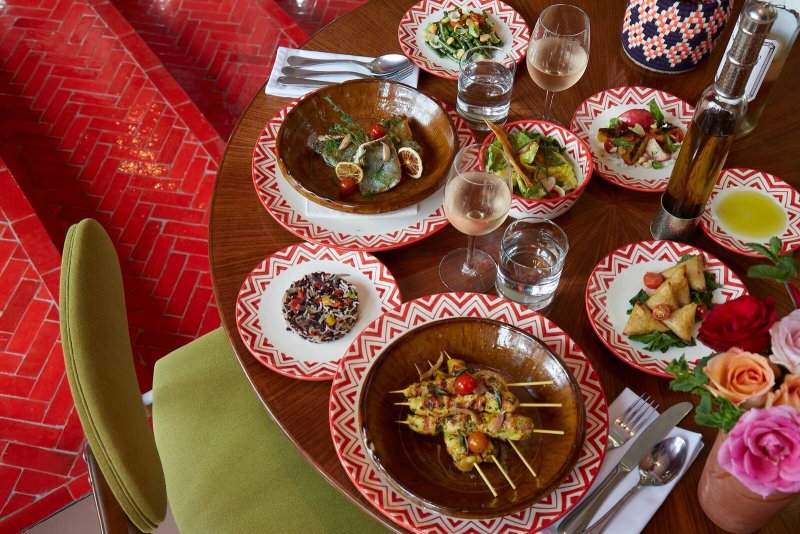
The meat is meltingly soft and is typically served with fresh bread and sweet mint tea.
Many southern foods are now popular and available throughout the country, but are at their best here. Make sure to try the breakfast favorite amlou.
Fresh, local almonds, honey, and argan oil – from the nut of the indigenous argan tree – are combined to make a sweet, rich spread that highlights the delicate flavors of the argan nut. It is usually served in the morning with bread.
Another interesting breakfast accompaniment is khlii . Khlii is dried meat packed in fat, an ancient method that allowed Moroccans to preserve meat for months in warm desert climates where it otherwise would have spoiled.
The flavor is similar to salami or a really good beef jerky, but the texture is softer and more delicate. It is typically added to fried or scrambled eggs and adds a savory richness.
And if you’ve been curious to try camel meat, you can do it at the Clock Café in Marrakech. Order their camel burger, which comes with house-made ketchup and fries.
The Clock Café is also a great place to try tanjia, bastilla, rfissa, tagine, and other Moroccan specialties.
Related Post: Learn more on What to Eat in Marrakech, Morocco
Entertainment
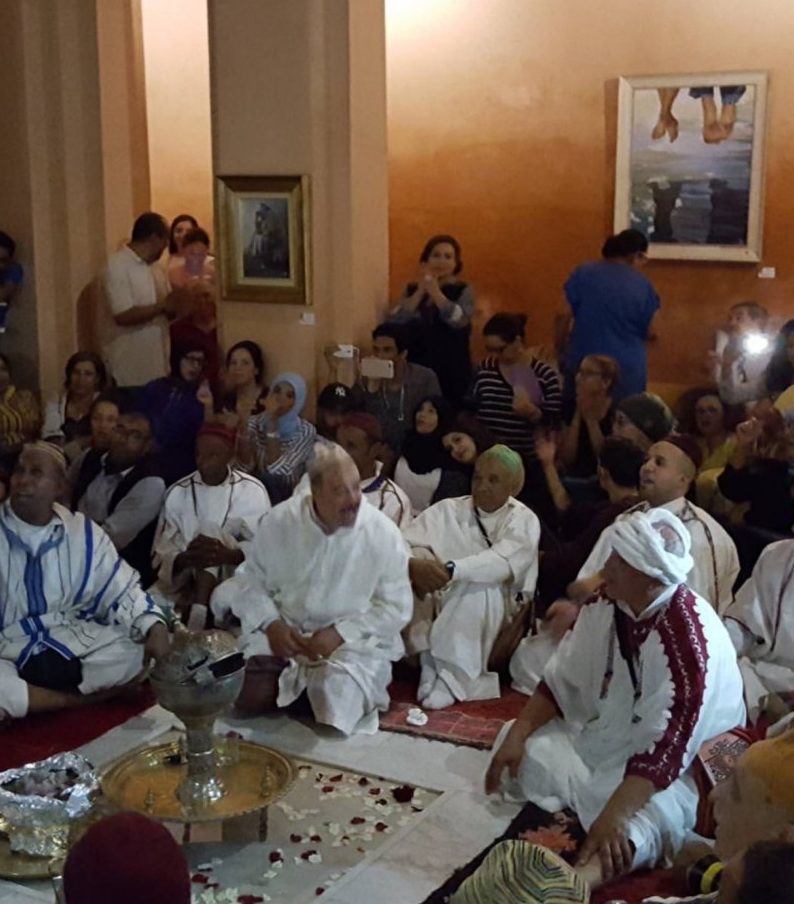
Marrakshis are known throughout the country for their sense of humor, creativity, and rich tradition of storytelling.
You will see this in Marrakech’s Jma el Fnaa square, where dozens of storytellers, actors, and magicians appear after dark to entertain, surprise, and delight the crowds that gather around them.
Unlike many attractions in this tourist-oriented city, you’ll notice that the crowds consist mostly of locals and Moroccan tourists from other cities.
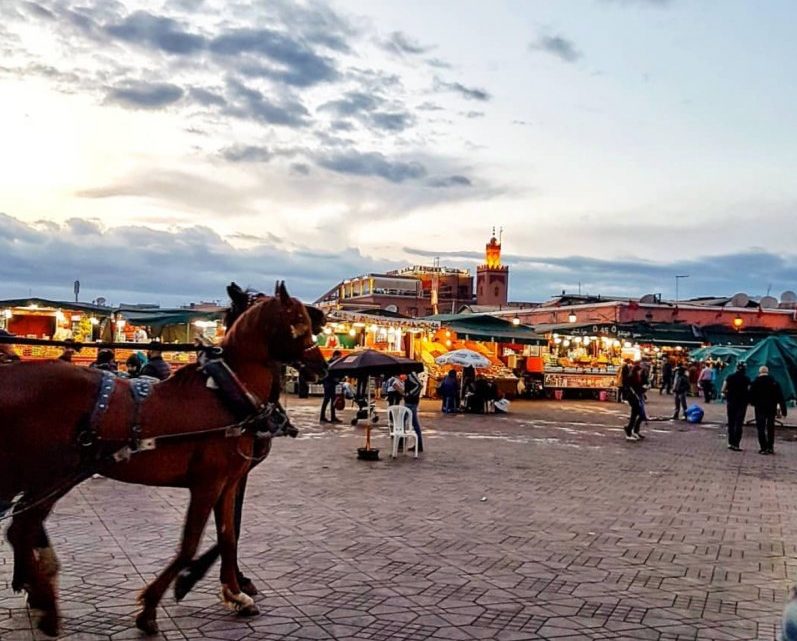
Marrakech also has a thriving music scene, hosting everything from traditional concerts to electro/house festivals like Oasis.
You can hear local styles of music, including Gnaoua, Berber, and Sufi music played by street performers, in concerts, and on the radio.
If you are interested to learn more about traditional music from Marrakech and Morocco, try to attend the annual Gnaoua festival in nearby Essaouira, held every July.
Heritage
Most Moroccans have a mix of Berber and Arab heritage.
Arab traders and explorers arrived around 700 AD, bringing with them the Arabic language, Arab culture, and the Islamic faith to the Berber civilization that had existed in the Maghreb region for over three thousand years.
While Arab influences are prominent today in Morocco, Berber heritage is still deeply important.
Many aspects of Berber culture, such as cuisine, architecture, art, music, and styles of dress, were influenced by new elements but remain very much alive in Moroccan culture.
Related Post: Learn more about Berber Cuture
Language
Arabic is the official language of Morocco, and all official events and writings, such as speeches, television news, newspapers, and government documents are in modern classical Arabic.
However, most Moroccans speak the Moroccan dialect of Arabic as their home language.
It differs significantly from classical Arabic in the simplification of some words and grammatical structures, as well as in the addition of words from French, Spanish, and English.
In Marrakech, the Marrakshi dialect is spoken, which has its own particular style of pronunciation, vocabulary, and slang.
French is the unofficial second language, and many people have learned French through school, work, television, or conversing with tourists.
Many public documents will be in French, including menus, signs, hotel information, and museum guides.
There will be French-speaking staff at nearly all hotels, restaurants, and cafes catering to tourists.
While English isn’t as common, you will still find plenty of hotel and restaurant staff that speak English.
Berber is also an important language in Morocco. Originally the main language of the region, the Berber language group has been largely replaced by Arabic, especially in urban centers and for official use.
However, around 10 million people in Morocco still speak one of three Berber languages, and in some remote regions it is the only language used.
In and around Marrakech, you may hear Berber, especially if you take a day trip to one of the small towns nearby.
Related Post: Discover the Languages of Morocco
Religion
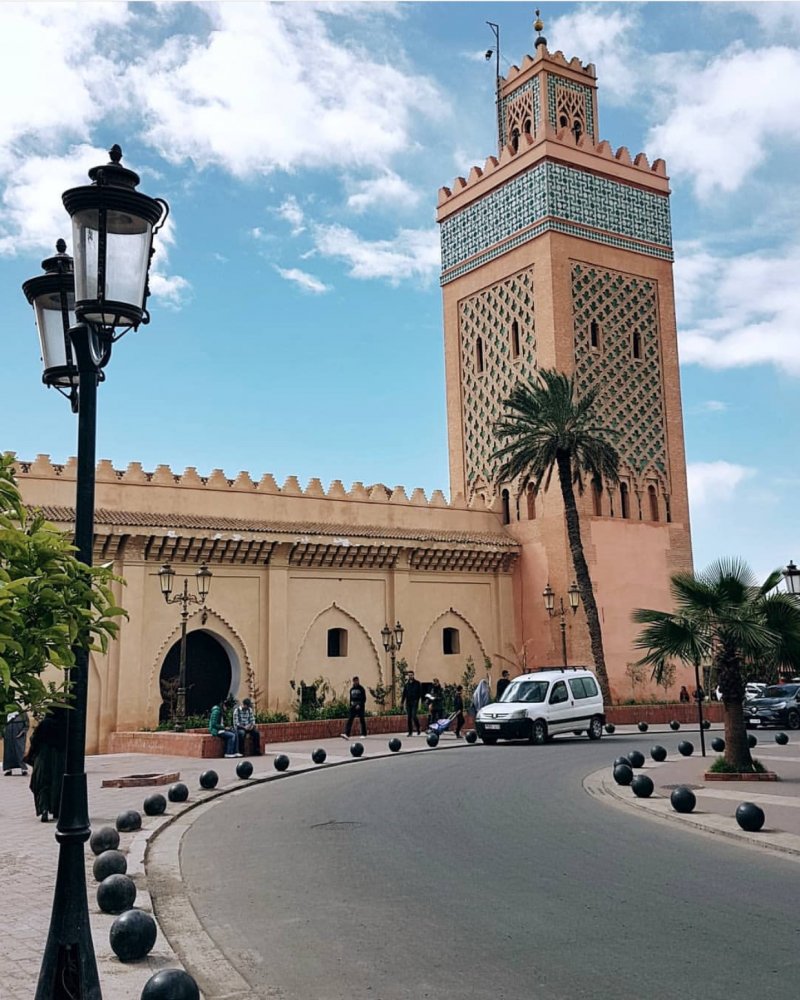
Morocco is an officially Muslim country, and the vast majority of the population practices Islam.
Walking through Marrakech, you will see many mosques and other symbols of the Islamic faith, such as religious inscriptions, the call to prayer, and women wearing headscarves and face coverings.
Moroccans are respectful of the fact that many visitors to Morocco are not Muslim, and they expect in turn that tourists will respect the Islamic customs of Morocco while traveling there.
This includes not entering mosques if you are not Muslim, women covering their legs and heads when visiting certain religious sites, and refraining from public displays of affection such as kissing.
Showing respect for local religious beliefs is especially important during the holy month of Ramadan, when all adults fast during daylight hours and deepen their faith through extras prayers and good deeds.
Try to avoid eating, drinking, or smoking outside during the day, and make a point to wear modest clothing.
Marrakech is a wonderful city, and Marrakshis are a kind, funny, and welcoming people.
Be open to learning about their culture and heritage, and to experiencing everything their incredible city has to offer. You are sure to have an unforgettable visit!